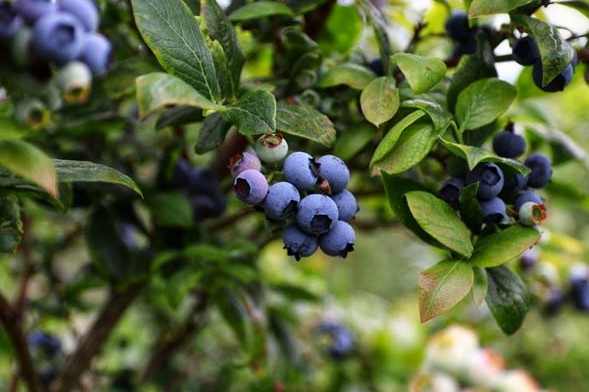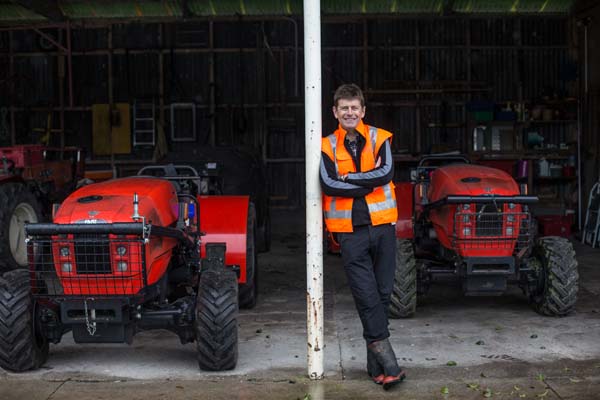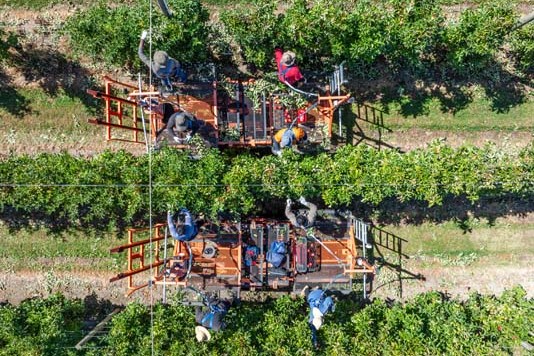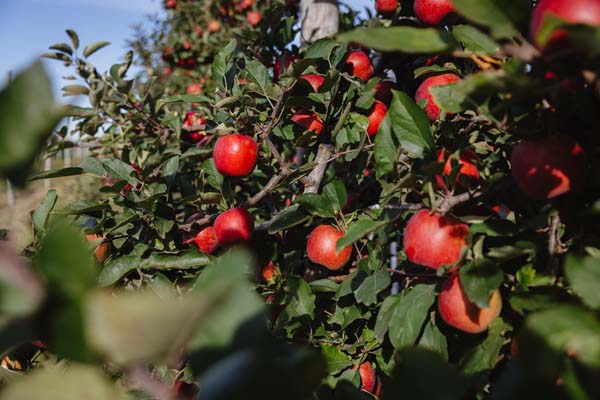Pasture first in Southland
Consistent high performance is the benchmark of the Southland farms in Agribusiness Consultants’ portfolio. Anne Lee reports.
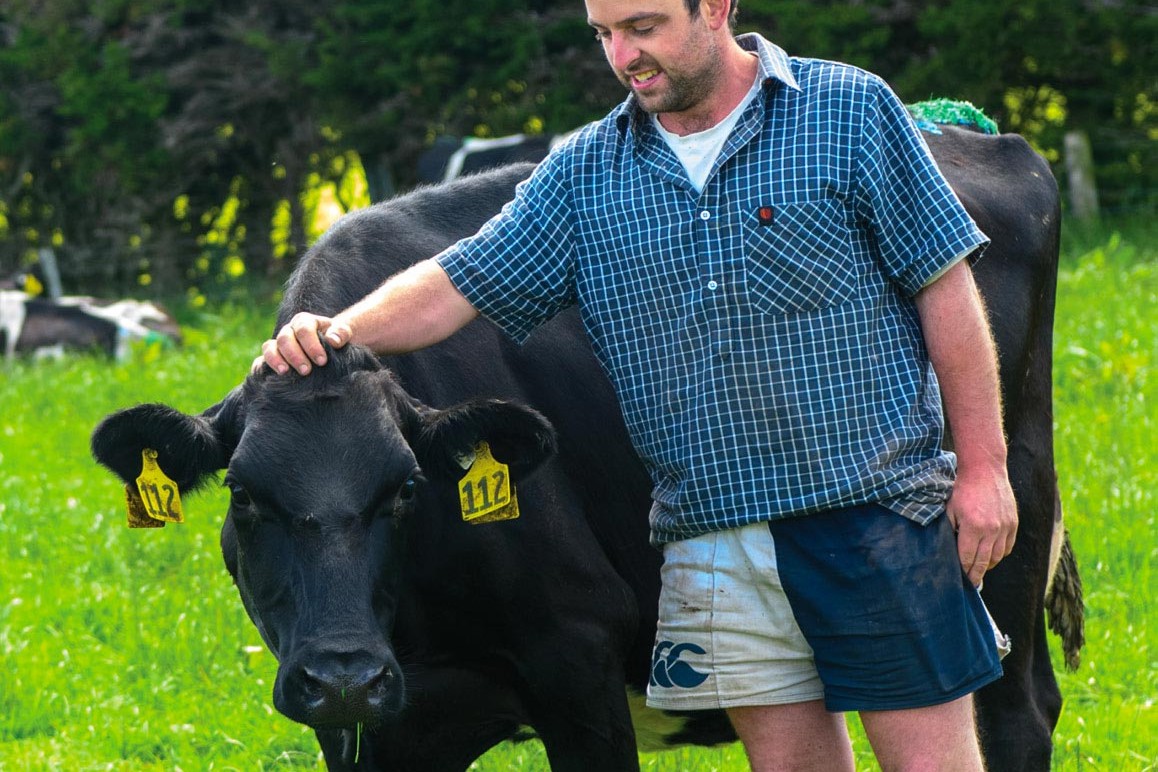
High utilisation is the name of the game at Barr farm – high pasture utilisation and high utilisation of well-bought supplement.
Well-bred cows and absolute attention to detail are part of the play too. Together the efforts are resulting in consistent high performance when it comes to a benchmark of Agribusiness Consultants’ Southland farms.
Myles Miller has been 50/50 sharemilking the 150 effective hectare Barr farm owned by Winy van Rossum at Kapuka, east of Invercargill, for four years.
Originally from a dairy farm in Southland, the now 30-year-old Myles left school and took up a building apprenticeship, working for five years in the trade and becoming fully qualified before he returned to his roots in the dairy sector.
He worked his way up the progression ladder, first as a dairy assistant, then as a farm manager before a year as a variable order sharemilker and then on to herd-owning sharemilker at Barr farm.
Myles says the career opportunities and ability to build equity in dairying were what drew him back.
He’s milking 500 Friesian Friesian-cross cows to produce 582kg milksolids (MS)/cow or 1956kg MS/ha. As part of the standard herd-owning sharemilking agreement, he earns half the milk income and pays half the feed costs for bought-in supplement.
Last season the total bought-in feed was 1.62 tonnes drymatter (DM)/cow and included silage, grain, distillers dried grain (DDG) and palm kernel.
It came at a (farm owner and sharemilker combined) cost of $1.70/kg MS produced. Myles says that first and foremost, ensuring profitability starts with pasture utilisation.
Based on back calculations he’s estimated to have utilised 16.7t DM/ha last season, significantly more than the average of the benchmark group at 14.5t DM/ha. “Utilising pasture first is the biggest thing – it’s the most important thing no matter what system or level of inputs you’re using.”
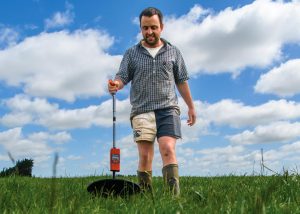
To do that Myles pays close attention to round length, pre-graze covers and post-graze residuals and average cover targets at key times of the season. He uses a rising platemeter as wellas “eye-o-meter” putting pasture walk data into Minda Land and Feed.
He aims for an average farm cover of 1900kg DM/ha at the start of June with the expectation of an average 10kg DM/ha/day growth rate through winter, building average farm cover to 2500kg DM/ha for August 1.
About 80 cows, including about 50 early calvers and 25-30 lighter animals are held on the milking platform, with the rest wintered on grass and baleage on a nearby van Rossum-owned support block.
 About half of the cows return home on August 1 and, as calving begins, Myles puts the spring rotation planner into practice, allocating pasture on a square metre basis. Cows are trucked home in groups as they get close to calving.
About half of the cows return home on August 1 and, as calving begins, Myles puts the spring rotation planner into practice, allocating pasture on a square metre basis. Cows are trucked home in groups as they get close to calving.
He aims to finish the first grazing round by September 25 and go straight into a 22-day round for the first month.
He then holds the round length to about 24 days up until the end of February when he begins to stretch it out, initially to 29-days building to 35-days by May 1. Throughout the season he’s aiming for a 1600kg DM/ha residual and periodically, if cows don’t clean up to that level, will mow behind cows to 1500-1550kg DM/ha to ensure good quality pasture for the next round.
Making sure cows are always consuming the highest quality feed is a big priority. Nitrogen is used tactically with a total of 177kg nitrogen (N)/ha/year applied. He skips a round over January/February when it’s hot and dry because conditions will likely cause high volatilisation losses before the urea can be washed into the soil with rainfall.
The farm is equipped with a woodchip calving pad which helps protect paddocks from soil and pasture damage, ensures good conditions for new calves to be born into and helps protect udder health.
The farm also has a concrete feed pad next to the farm dairy where silage is fed in troughs.
Myles says that to get the best return from supplement, minimising wastage and making sure there’s high utilisation of bought-in feed is a must too.
The feed pad helps achieve that and protects soils and pasture because there’s no need to get a tractor and silage wagon out on paddocks.
The grain and dried distillers’ grain mix and palm kernel are fed in the farm dairy, also minimising wastage and helping reduce labour when it comes to feeding. He has two staff.
Feeding cows the right mix of supplement to provide them with the best nutrients for their stage of lactation and to complement their pasture intake is also important, he says.
About 3kg DM/cow/day of supplement is fed right through the season but the way the mix is made up changes.
Through the first two months of lactation, as cows build to peak milk production, they are fed a mix that’s 75% grain and 25% DDG.
From October 1 that changes to 50% palm kernel, 40% grain and 10% DDG. From February 1 it’s then 90% palm kernel and 10% DDG.
Silage is added as needed to maintain round length mostly through spring and autumn. Myles says the mix change is timed to ensure the more expensive feed is going in at a time when cows will reward the investment with plenty of milk production.
Being part of a large-scale, multi-farm enterprise means there’s some advantage too in being able to buy feed at well-negotiated prices.
 Like all herd-owning sharemilkers, Myles’ cows are his asset and his aim is to breed replacements that have well-supported and strong udders to ensure they are well set up to cope with high milk production.
Like all herd-owning sharemilkers, Myles’ cows are his asset and his aim is to breed replacements that have well-supported and strong udders to ensure they are well set up to cope with high milk production.
He’s aiming to combine high breeding worth (BW) with great udder traits and artificially inseminates (AIs) the top 50% of his heifers to maximise genetic gain. He AIs for five weeks with sires from LIC, Semex and ST Genetics and uses short-gestation Hereford in week six.
That’s followed by bulls and then, in the last 10 days of his 10.7 week mating period, he’ll use ultra-short gestation Jersey to help tighten calving spread. A tight calving spread helps to increase days in milk and will give his high performing herd the best chance of getting back in calf.
Myles tail paints at the start of October – a month before the start of mating for the main herd on November 1.
He records pre-mating heats and runs any non-cyclers with bulls during mating but will put them up for AI if they come on heat within the six-week AI period. Last season’s mating resulted in a 74% six-week in-calf rate and a 10.5% empty rate after the 10.7 week mating period.
Attention to detail, monitoring and measuring are all factors adding to Myles’ success when it comes to achieving strong financial and physical performance in his farming business.
He says it was important at the outset of his sharemilking career that farming values aligned closely with those of the farm owners and that too is a contributor to success.
The hard-working, humble Southlander ultimately has his eye on farm ownership but in the meantime, he’s working at building equity and enjoying the journey even during the tougher times.


